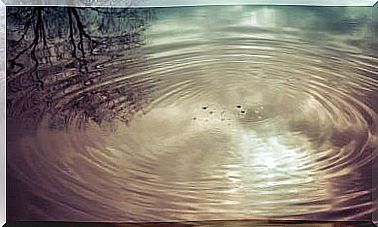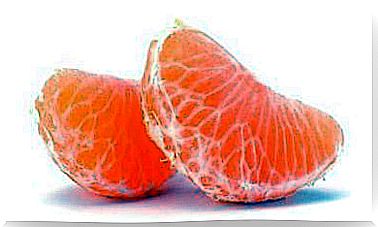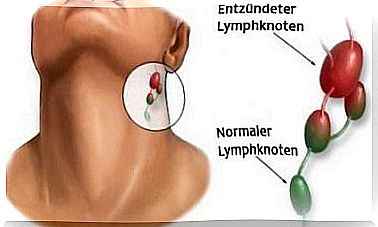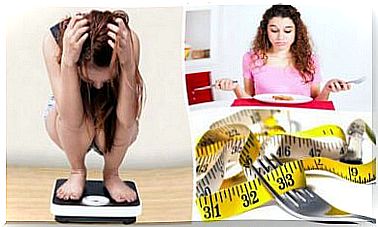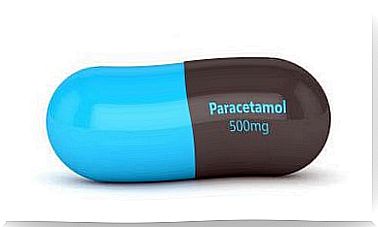Swollen Legs: Causes And Prevention
The swelling often only occurs on the feet or ankles and not all over the leg. It doesn’t have to be a disease, but at least it is an indication that something is wrong.

For many women, swollen legs are part of everyday life. In addition, there is often exhaustion, pain and an uncomfortable tingling sensation in the extremities.
You should be aware of these signs as it could be a serious health problem.
Often the swellings only appear on the feet or ankles and not all over the leg. It doesn’t have to be a disease. But at least it is an indication that something is wrong.
Read on to learn more about possible causes of leg swelling.
Swollen legs: causes
Swelling is very common on the legs. The following causes can be responsible for this:
- Inappropriate footwear ( shoes that are too tight or wearing the shoes for too long)
- Standing for long periods as well as spending time in the same posture
- Sedentary lifestyle
- Menstruation (fluid retention can occur, which is also known as premenstrual edema)
- Too much salt
- Kidney problems
- Toxin deposits in the intestines
- Varicose veins, edema
- arthrosis
- Weak blood vessels (and, as a result, insufficient blood flow)
- Obesity
- A lack of exercise and poor nutrition can lead to swollen legs, especially in old age.
- Obstruction of the lymph nodes
- Contraceptives, as well as drugs for high blood pressure, depression, etc.
Treat swollen legs
The first thing you need to do is get a medical exam to determine the exact cause of the problem. Blood tests and other tests can rule out a heart or kidney problem.
If there is a more serious problem, you must definitely seek medical treatment to prevent further consequences.
1. Diet
With certain foods you can then stimulate the elimination of harmful substances. In addition, diuretic ingredients are important in order to then excrete fluids stored in the tissue.
A change in diet is worthwhile! Follow these tips:
Avoid the following foods as much as possible:
- salt
- finished products
- spicy foods
- Vinegar and mustard
- White flour products
- Foods high in sugar
- Red meat
- Cow’s milk and dairy products
Tips for changing your diet
We recommend starting with a detox regimen:
- Drink three liters of water a day for at least a week.
- Then start the day with a glass of lemon juice (without sugar!).
- Breakfast : oat milk and an apple.
- Lunch: vegetable soup (for example pumpkin or zucchini), tomato-kefir-cheese salad, oven-baked eggplant and then grapes for dessert.
- Dinner: grated carrots with a little lemon juice as well as a beetroot slice, wholemeal toast, oven-baked salmon and two slices of pineapple. In between you can eat apples or grapes at any time.
2. Exercise against swollen legs
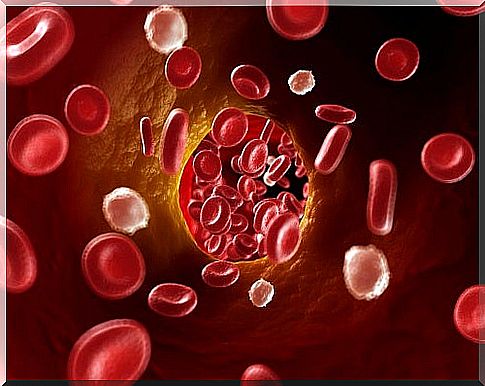
Lack of exercise leads to circulatory disorders and water retention. You should therefore do sports activities for at least one hour a day!
Start with regular walks, which you can then expand over time. Swimming is also perfect to get your body going. You can also ride a bike, dance, and do other sports that you enjoy.
Don’t forget to skip the elevator and always take the stairs!
3. Elevate your legs
If you have a quiet moment at home, use it to put your legs up. Put them on a raised chair, or better yet, against the wall. You can then use it to promote blood circulation.
4. More tips
- Massage is also a good solution for swollen legs. Use almond or olive oil for this.
- A foot bath in lukewarm water with sea salt can also relieve swelling and the uncomfortable feeling of heaviness!
